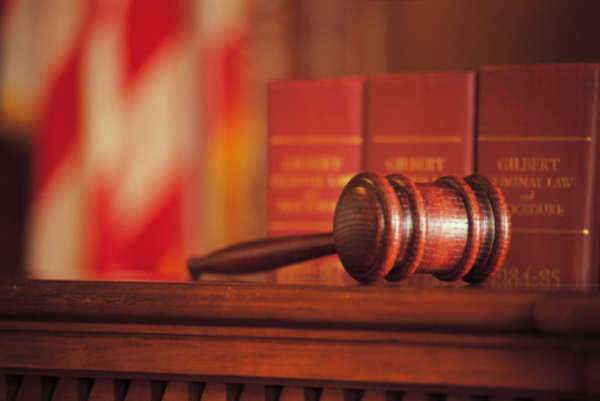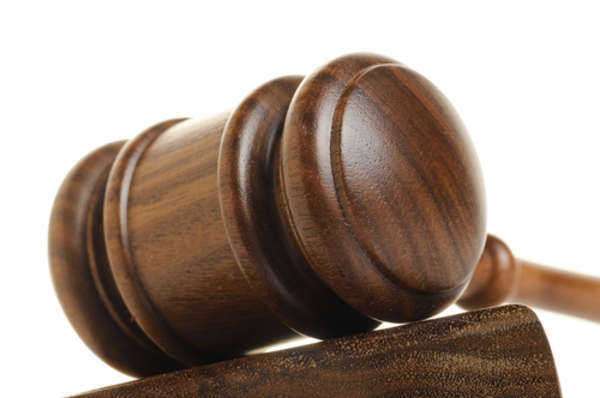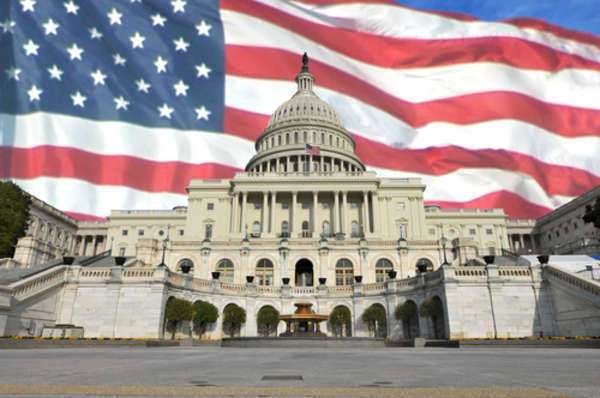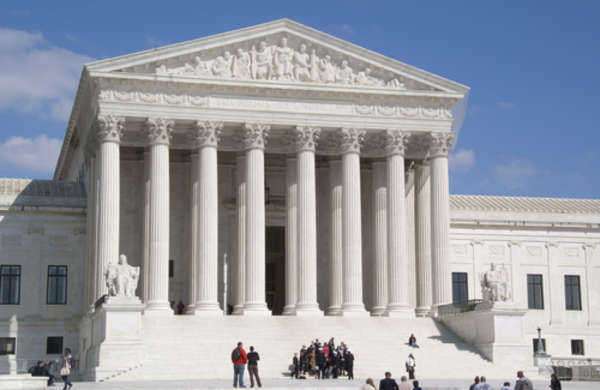Federalist Papers
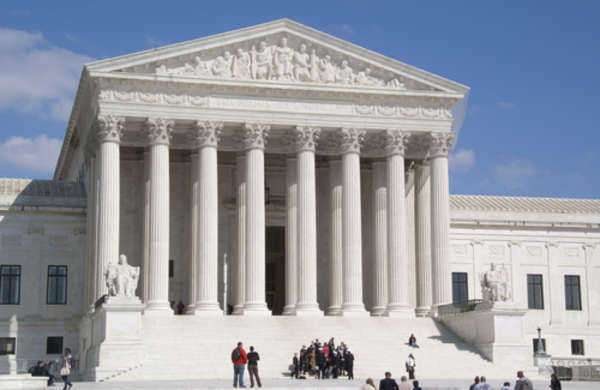
The Federalist Papers – A Detailed Explanation
The Federalist Papers are a collection of 85 essays written by Alexander Hamilton, James Madison, and John Jay in the late 1780s. The essays were written to persuade New York State to ratify the proposed United States Constitution and to explain how the new federal government would protect the rights and freedoms of the American people. The Papers are still widely read and studied today as important political and legal documents in American history.
The Background and the Importance of the Federalist Papers
In 1787, delegates from the 13 original colonies met in Philadelphia to revise the Articles of Confederation, which had been the governing document of the United States since its independence from Great Britain in 1776. However, the delegates soon realized that the Articles were too weak to form a strong and effective national government. Therefore, they decided to draft a new constitution that would establish a federal system of government.
The proposed Constitution sparked intense debate and opposition, especially in New York, where the Anti-Federalists (those who opposed the Constitution) were particularly vocal. In response, Hamilton, Madison, and Jay decided to write a series of essays that would articulate the reasons why the Constitution was necessary, how it would benefit the American people, and how it would address the concerns of those who opposed it.
Hamilton, Madison, and Jay wrote under the pseudonym “Publius,” and the essays were published in several New York newspapers from 1787 to 1788. This collection of essays became known as The Federalist, or The Federalist Papers.
The Significance of the Federalist Papers
The Federalist Papers are essential for understanding the political, legal, and philosophical underpinnings of the United States Constitution. They provide valuable insights into the debates, compromises, and compromises that went into drafting the Constitution. They also articulate a vision of a strong and unified national government that could effectively manage the country’s affairs while protecting the rights and liberties of its citizens.
Furthermore, the Federalist Papers articulate a number of ideas and principles that continue to be important in American society and political discourse. These include:
– The separation of powers, where the three branches of government (the legislative, executive, and judicial branches) serve as a check on one another to prevent the abuse of power and ensure that no single branch becomes too dominant.
– The principle of federalism, which assigns certain powers to the federal government and others to the states, and ensures a balance of power between the two.
– The idea of a written constitution, which provides a clear framework for the government and enumerates the rights and protections of the people.
– The importance of a strong defense and the ability of the government to provide for the common defense.
Structure, Themes, and Primary Arguments of the Federalist Papers
The Federalist Papers are organized into a series of essays, each of which focuses on a specific aspect of the Constitution. Some of the most important themes and arguments of the Papers are:
– The importance of a strong federal government: One of the main reasons for drafting the Constitution was to create a federal government that has more power and authority than the one outlined in the Articles of Confederation. The Federalist Papers argue that a strong federal government is necessary to address the problems and challenges that the country faces and to protect the rights and freedoms of the people.
– The separation of powers and checks and balances: The Federalist Papers argue that the Constitution’s system of separation of powers and checks and balances is essential to prevent abuses of power by the government. The legislative, executive, and judicial branches of government serve as checks on one another to ensure that no single branch becomes too powerful.
– The importance of a written constitution: The Papers argue that a written constitution is crucial for outlining the powers of the federal government, enumerating the rights and liberties of the people, and providing a clear framework for the government to operate within.
– The nature of factions and the role of government in managing them: The Papers argue that factions (groups of people with shared interests or beliefs) are natural and inevitable in any society. However, they also argue that factions can be dangerous and destructive to the public good. They propose that government can manage factions by mediating conflicts and ensuring that no one group is too powerful.
– The importance of an independent judiciary: The Papers argue that an independent judiciary is critical to interpreting the Constitution and ensuring that the government operates within its constitutional limits. They also argue that the judiciary must be protected from political pressures and other outside influences.
– The role of the federal government in national defense: The Papers argue that a strong national defense and the ability of the federal government to provide for the common defense are essential to protecting the interests and security of the country.
Legacy of the Federalist Papers
The Federalist Papers have had a lasting impact on American politics and legal thought. They continue to be read and studied today as important documents in American history, providing valuable insights into the debates and compromises that went into the creation of the United States Constitution.
The Papers also continue to influence contemporary political and legal debates. Many of the fundamental principles and ideas articulated in the Papers – such as the separation of powers, federalism, and the importance of an independent judiciary – continue to be debated and discussed in today’s society.
The Federalist Papers are also a testament to the power of reasoned argument and persuasive writing. Their persuasive power helped to convince the people of New York, and ultimately the nation, of the need for a strong and effective federal government that could protect the rights and freedoms of the American people.
What are the Federalist Papers?
The Federalist Papers were a set of 85 different essays that were written under the pen name of Publius. The Federalist Papers were actually written by John Jay, James Madison, and Alexander Hamilton. These papers appeared in different New York newspapers including the New York Packet and the Independent Journal between October of 1787 and May of 1788. The essays that made up the Federalist papers urged the New York delegates to ratify the United States Constitution. In 1788, these essays were published as a bound volume, which was then entitled the Federalist. Only later did this collection of essays become known as the Federalist Papers.
Not long after the end of the Constitutional Convention, a large national debate started about whether it was a good decision to the proposed Constitution. Newspapers all over the country published various letters, articles, and opinions that found both for the Constitution and against it. The Federalist papers were some of the most famous letters that were published at this time.
To address the fears that the Constitution could give the central government too much control and power by limiting individual freedom, Alexander Hamilton, John Jay, and James Madison carefully looked at the Constitution in great detail and described the checks and balances built into the document which were made to carefully divide power between the three different branches of government while protecting the rights of the states and people.
Ultimately, New York delegates voted in favor of ratifying the Constitution and accepting the new government because New York City had threatened to secede if the delegates did not do it. Although these three men did not play a strong role in the State of New York’s careful decision to ratify the United States Constitution, their essays in the Federalist Papers are still thought of as an important collection of documents today. Because two of the three authors, James Madison and Alexander Hamilton, actually went to the Constitutional Convention, the Federalist Papers give insight and help explain the intentions of those who were involved in making the Constitution.
How the Federalist Papers Are Used Today
Today, the Federalist Papers are still used as an original source of interpretation for the United States Constitution. The Federalist Papers also outline the motivation and ideas of the proposed government, as it was presented by Madison, Hamilton and Jay. Many court judges today look at the Federalist Papers when they make rulings on cases.




